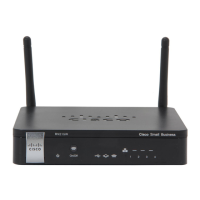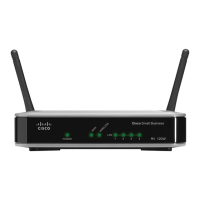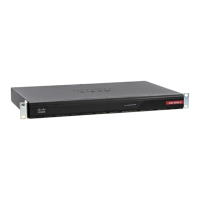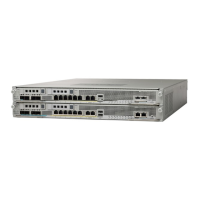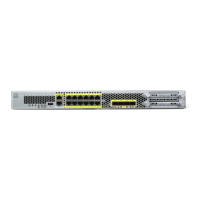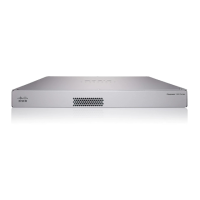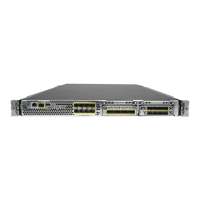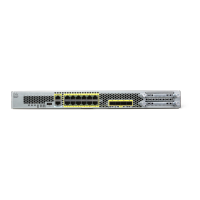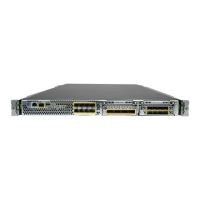Firewall
Advanced Firewall Settings
Cisco RV220W Administration Guide 85
4
MAC Address Filtering
Use the Firewall > Advanced Settings > MAC Filtering page to allow or block
traffic from certain known machines or devices. The router uses the MAC address
of a computer or device on the network to identify it and permit or deny access.
Traffic from a specified MAC address will be filtered depending upon the policy.
NOTE The MAC filtering policy does not override a firewall rule that directs incoming
traffic to a host.
To open this page: In the navigation tree, choose Firewall > Advanced Settings >
MAC Filtering.
The MAC Address Table lists the MAC addresses and descriptions for all devices
that are subject to the MAC filtering policy.
STEP 1 In the MAC Filtering Settings section, enter these settings:
• Source MAC Address Filtering—Check the Enable box to enable MAC
Address Filtering for this device. Uncheck the box to disable this feature.
After changing this setting, click Save to save your settings, or click Cancel
to reload the page with the current settings. Enabling this feature makes
other fields available.
• Policy for MAC Addresses Listed Below—If you enabled MAC filtering,
choose one of the following options:
- Block and Allow the Rest—Choose this option to block the traffic from
the specified MAC addresses and to allow traffic from all other
addresses.
- Allow and Block the Rest—Choose this option to allow the traffic from
the specified MAC addresses and to block traffic from all other machines
on the LAN side of the router.
For example, two computers are on the LAN with MAC addresses of
00:01:02:03:04:05 (host1), and 00:01:02:03:04:11 (host2). If the host1 MAC
address is added to the MAC filtering list and the “block and allow the
rest” policy is chosen, when this computer tries to connect to a website,
the router will not allow it to connect. However, host2 is able to connect
because its MAC address is not in the list. If the policy is “allow and block
the rest,” then host1 is allowed to connect to a website, but host2 is
blocked because its URL is not in the list.
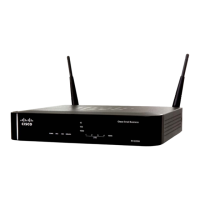
